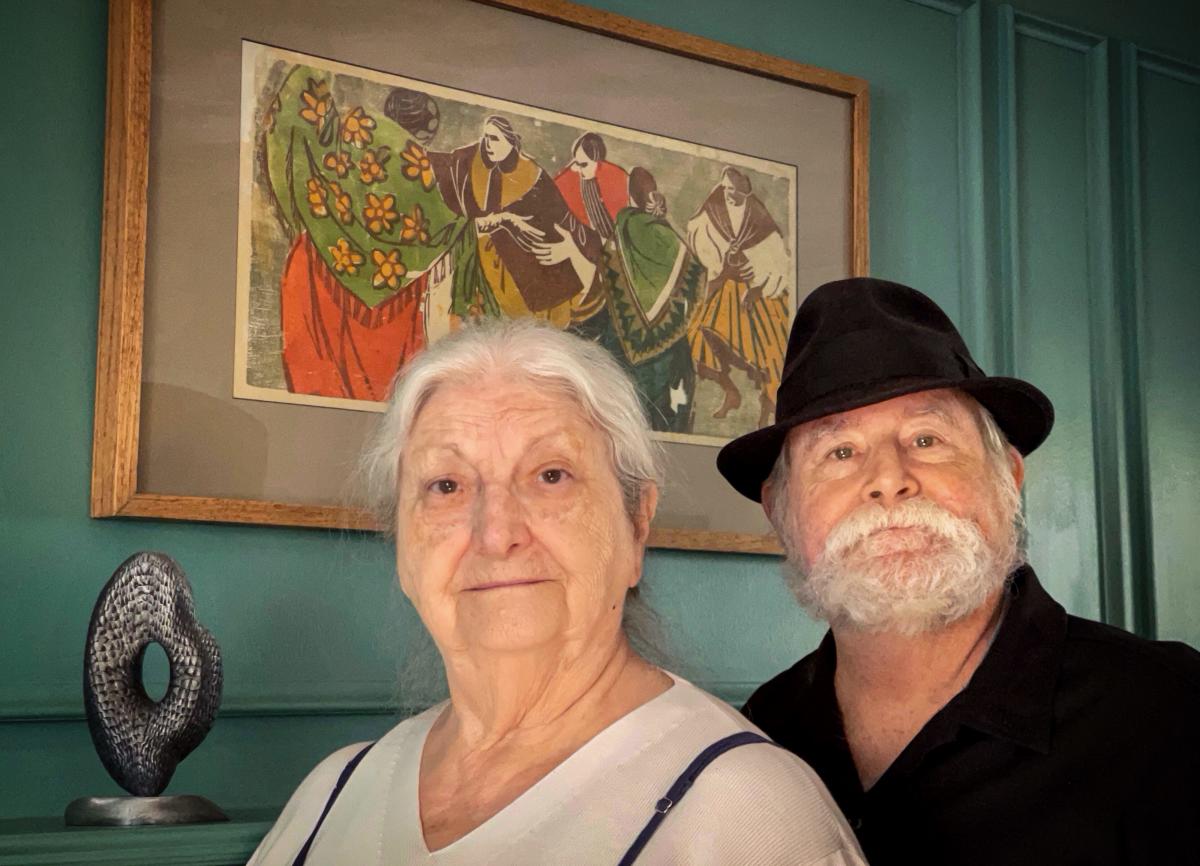Des Moines finds itself at the center of a contentious debate as plans to dismantle the iconic Greenwood Pond: Double Site art installation spark outrage among residents and art enthusiasts alike. The decision, driven by the Des Moines Art Center’s budgetary concerns, has ignited fervent opposition, leaving the fate of the cherished artwork hanging in the balance.
Artist’s Disappointment and Community Resistance
The impending demolition has left artist Mary Miss, the visionary behind Greenwood Pond, disheartened and surprised. Originally conceived as a permanent fixture, the artwork, completed in 1996, was heralded as a crowning achievement in Miss’s illustrious career as a land artist. Despite assurances of imminent removal, Miss remains hopeful that the artwork will be salvaged, emphasizing its enduring significance to the community.

Meanwhile, residents, joined by artists and advocacy groups, are mounting a vigorous campaign against the art center’s decision. They decry the loss of a beloved communal space and demand transparency regarding the purported need for demolition. Stephanie Daggett Joiner and her husband, David Joiner, have been instrumental in organizing grassroots opposition, highlighting the emotional and sensory resonance the artwork holds for the community.
Cultural Heritage Under Threat
Greenwood Pond: Double Site stands as a testament to Mary Miss’s innovative vision and meticulous integration of art with nature. The installation, designed after extensive community consultations, offers visitors a unique immersive experience amidst the lush landscapes of Greenwood Park. Its imminent removal underscores broader concerns about the preservation of cultural heritage and the neglect of public art installations.
The Cultural Landscape Foundation has emerged as a staunch advocate for preserving Miss’s masterpiece, emphasizing its pivotal role in the landscape art movement and challenging the prevailing narrative of neglect and deterioration. Charles A. Birnbaum, the foundation’s president, laments the potential loss of such a landmark artwork, highlighting Mary Miss’s pioneering contributions to the male-dominated field of land art.

As Des Moines grapples with the prospect of losing a cherished cultural landmark, the broader implications of neglecting public art and cultural heritage come to the fore. The community’s impassioned resistance reflects a collective determination to safeguard its artistic legacy and preserve the transformative power of public art for future generations.